Hopefully, what you’re about to read will never have to be put into practice. Receiving a snake bite out in the wilderness is worst-case scenario. However, it is important to stay informed and prepared, just in case you do have to administer snake bite first aid. Not unlike learning CPR, it’s good to know how to do it, you just hope that you never actually have to do it.
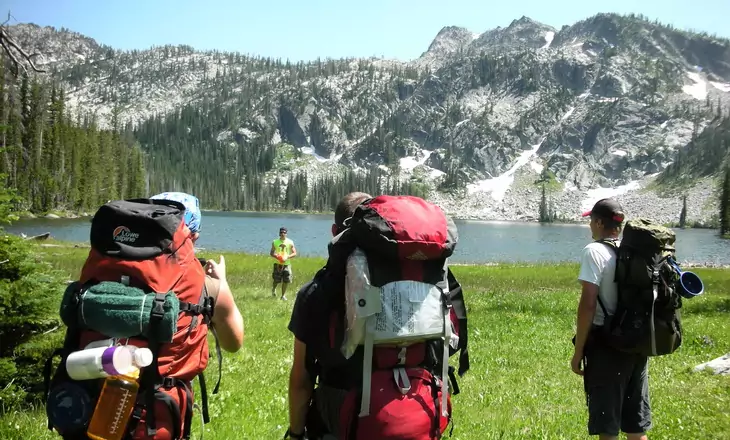
First and foremost, never hike alone! Always have a buddy, safety in numbers. Secondly, always tell someone else where you’re going and for how long you’ll be gone. If you’re not returned by the time you said you would be, chances are that something went awry. Having someone else know your general whereabouts, can cut down on valuable hours if indeed you do need rescuing. Also, wear protective clothing. Our piece on the top clothes for hiking will offer more options for you.
Getting to Know Your Snakes
There are about 50 different species of snakes found in the United States. Less than half of those snakes are poisonous. That’s still 20 different types of snakes slithering around that can potentially be fatal! Most of the bites are caused by rattlesnakes, though coral snakes, cottonmouths and water moccasins (a venomous snake that traverses the water and land) can do their fair share of damage. Keep in mind that snakes only attack when they feel threatened. Not all snakes will deliver deadly amounts of venom with each bite, as they save their venom supplies for hunting and debilitating prey. More information on dry bites is detailed later in the article.
While we don’t recommend getting up close and personal with a snake to see if it’s venomous or not, there are some telltale signs on which snakes to give a wide berth, and which snakes pose less of a threat.
Pit Vipers
A pit viper refers to a snake with distinguishable heat sensing pit organs located on the side of the head between the eye and nostril (one on each side). The purpose of this organ is to allow a snake to accurately strike its prey or predator by sensing exactly where the heat is radiating from.
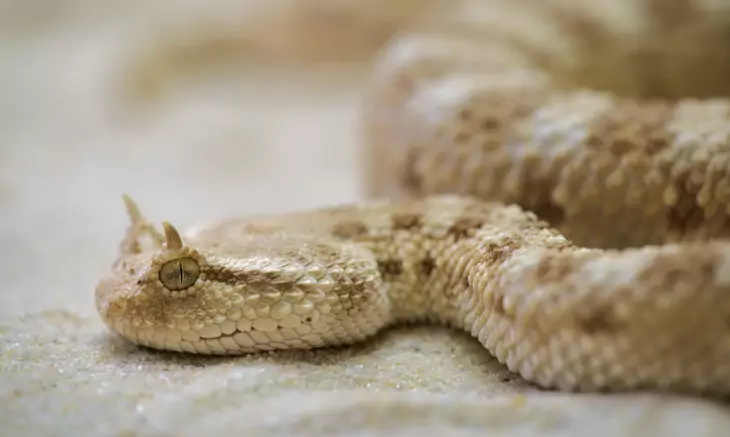
These sensors are very precise, and can detect even the slightest change in temperature.
- If you hear a dry rattling sound, like a baby rattler being shaken very vigorously, then you are very close to a mature rattlesnake. Trek in the opposite direction! Rattlesnakes are found throughout nearly all of North America, but are predominantly found in the South West region of the United States. The account for the highest number of snake bites reported in the U.S. each year.
- Cottonmouths and Water Moccasins look similar to some types of rattlesnakes, as they are brown and camouflage into the dry environment very well. They are missing one key feature however, they do not have the rattler. As they don’t have a trademark rattling noise, understand that they can be just as deadly. They live near water and are spread from the southeastern states, and can be found as far west as Texas.
- Copperheads have a distinct copper color with a series of repeating hourglass shaped figures lining their entire length. While considered a venomous snake, their venom is rarely harmful to humans as it is fairly mild in comparison to some of their more poisonous counterparts. They reside in the eastern half of the United States, with a good majority in the south and southeastern states.
Another North American Venomous Snake
- Coral snakes are the only venomous snake in North America that do not have the pit organs. They have a very unique color pattern with the majority of their skin in red, with yellow and black rings surrounding the chunks of red. There is a little rhyme to help you identify if the particular snake you’re looking at is venomous or not, “Red and yellow, kill a fellow; red and black friend of Jack.” So, if you see a snake that is black with yellow rings, and no evidence of red on him, the snake is not venomous. If there is yellow, back away. Coral snakes are found throughout the south, spreading from Florida to Arizona.
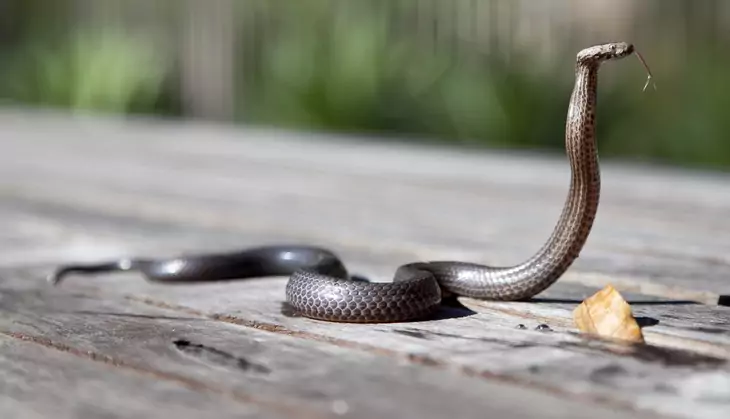
This list is by no means comprehensive. There are hundreds of other dangerous vipers spread throughout the world. There are volumes of books and entire college courses dedicated to the study of snakes.
Prevention
We understand that you don’t plan your day expecting to get bitten by a snake, especially a poisonous one. You also may not be thinking that prevention tactics are useful in snake bite first aid.
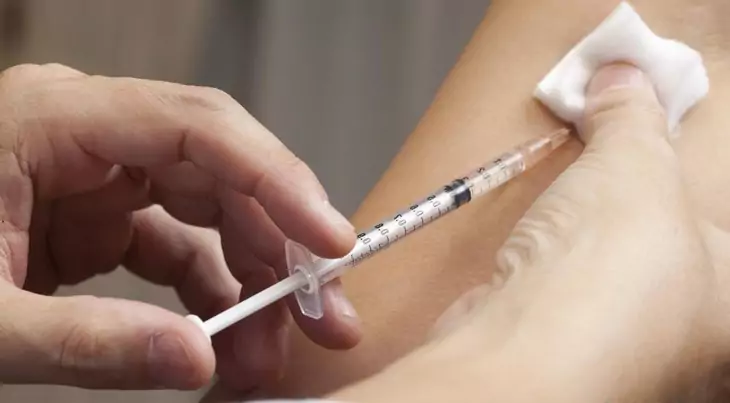
But there are a number of things you can do to prevent a snake bite from happening in the first place, and some things you can do to prevent yourself from unnecessary suffering.
- Protect yourself with the tetanus vaccine. The bacteria that cause tetanus and lockjaw, Clostridium tetani, can be passed on to humans by a number of wild animals, including snakes. The snake doesn’t even have to be venomous. Any wild animal bite has the potential to be carrying the dangerous bacteria. While lockjaw, is not usually fatal, it can be easily prevented. Tetanus vaccines and tetanus boosters will prevent mal effects of Clostridium tetani for ten years. So, every decade, head into the doctor’s office for your vaccination!
- Always carry a first aid kit with you. While you don’t need to be toting around a syringe of anti-venom in your daypack, it’s a good idea to have clean bandages, antihistamines in case of an allergic reaction, soap to clean hands and wounds, a towel, and bandages.
- Keep a mental note of where the nearest hospital was, where the last spot you had cell service was, and where your car is. Keep a map and a compass on you at all times.
- Wear hiking boots and long pants. While this doesn’t exactly act like a coat of armor, it will definitely protect your feet and ankles. Unfortunately, snakes are more active in the warmer summer months when you may be more inclined to wear hiking sandals. Err on the side of caution and wear the warmer shoe options to avoid snake bite first aid measures.
- Avoid clearing big rocks and logs. Snakes that are surprised by a sudden hand appearing out of nowhere will be more likely to strike. If they’re not out in the open, which is where most people see the snakes and the least amount of snake bites occur, they could be hiding under rocks or nestled under tree branches where they feel safe. Always take great caution when going off trail and exploring in rocks, trees, or tall grass.
- Keep your eyes peeled. Snakes only bite as a last resort if they feel threatened. If you see one in the distance, or if you accidentally come across one and it’s much closer than you anticipated, respect the animal. Give it a lot of space, and don’t waste time in doing so. Just like with any other wild animal, respect the fact that it is indeed wild. They are unpredictable, and often times more scared of you than you are of it. Keep your distance from snakes. No picture is worth the risk of a potentially deadly snake bite.
First Aid for Snake Bites
At this point, you have taken all the necessary precautions, have familiarized yourself with the dangers of venomous snakes, and were trying to enjoy some time in the great outdoors. But, as luck would have it, you or someone in your party inevitably fell victim to legless carnivore. First aid for the snake bite should be administered quickly and calmly. If it has been established that the snake bite was from a nonvenomous snake, it is still important to follow the proper first aid instructions to prevent any possible infection. Any open wound in the body, whether from a scrape, laceration, or wild animal bite, must be treated with haste or the possibility of infection expounds.

The main priority for a snake bite is getting to an emergency room. The only way to successfully recover from a venomous bite is to receive antivenom from a medical professional. Follow these first aid instructions while making your way to an emergency room:
- Stay calm. This is perhaps the most important thing to remember. Keeping a level head is very important in any emergency situation. If you start to panic, take deep breaths. The last thing you want to do is send your body into shock.
- If you suspect the snake was venomous, dial 911 as soon as possible. Additionally, call the poison control center as soon as possible to describe the incident and describe what the snake looked like to the best of your recollection. The sooner emergency services know what kind of snake it was, the sooner they can begin to administer treatment.
- Lower the affected region so it rests below the injured person’s heart. Snake bites commonly occur on the lower legs or hands, so have the person lie down and ensure the bite stays below the heart. Do your best to not elevate the injured person’s heart rate.
- Remove any jewelry, socks, or gloves as swelling may occur.
- Wrap the bite loosely in clean bandages to prevent any contaminants entering the affected area.
- If you have a pen or marker, mark an ‘X’ where the bite occurred. When you get to an emergency services facility, doctors can determine how the venom is spreading if they know where the bite occurred.
- Once the wound is cleaned, bandaged, and marked, begin to make your way to a hospital as soon as you can. Keep the individual hydrated and calm. Once you get to a hospital they will administer an antivenom.
If you are absolutely certain that the snake was harmless, but it still bit (which can happen), follow these slightly less dire set of first aid tactics:
- Clean the infected area. Look closely to ensure that no part of the tooth was lodged into the skin. If you see part of the tooth lodged in the skin and are unable to remove it, make your way to the nearest emergency room as you run the risk of infection.
- Rinse the wound with clean water. Wash with soap and clean water after rinsing.
- Wrap a sterile bandage around the affected area to prevent contaminants.
- Elevate the affected area to limit swelling. Take an ibuprofen or acetaminophen for pain.
- If the bite is painful, swells excessively, or causes any other symptoms such as dizziness or confusion, seek professional medical attention as soon as possible.
For a list of medical essentials for hiking first aid kits, see our previous article on this important topic.
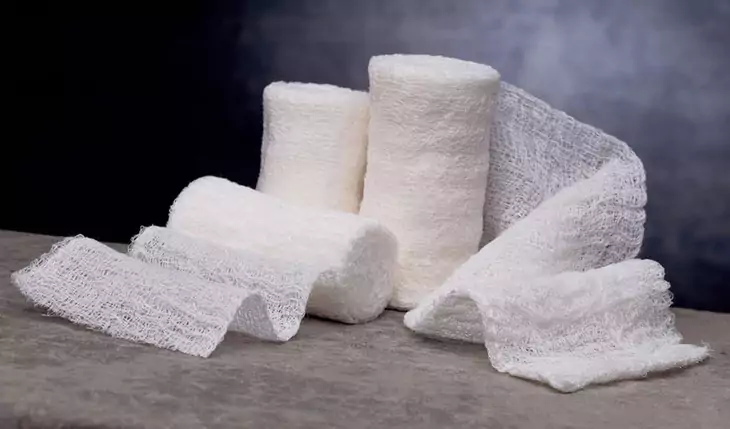
Here are some things not to do in any circumstance:
- Do not attempt to suck out the venom.
- Don’t try to cut out the bitten area.
- Never apply a tourniquet or attempt to slow blood flow to the affected area in any way other than elevating the limb.
- Don’t continue on with the hike or engage in strenuous activity, begin making your way to the emergency room.
- Don’t drink alcohol or caffeine, don’t eat anything, and only drink water if you feel at risk of dehydration.
What to Expect – The Symptoms
Symptoms for snake bites can vary from individual to individual, and also depend on the type of snake, the amount of venom injected (if any), and the potency of the venom. Elderly people and children are more susceptible to bad reactions. The same bite delivered by a poisonous snake may have a negligible effect on a healthy, middle aged individual, while it could be deadly for a child.
Venom travels through a person’s lymphatic system. Lymph nodes are organized throughout our bodies by the hundreds, and one of their main purposes is to deliver vital fluids (not blood) to the heart. As such, the venom that is introduced to the lymphatic system can reach nearly every corner of the body (including the brain) causing severe damage if not treated with an antivenom in a timely manner.

After a snake bite, if venom was indeed spread, the victim might begin to suffer from these initial symptoms:
- Weakness
- Dizziness or Lightheadedness
- Low Blood Pressure (which could result in fainting)
- Blurry Vision
- Mental Confusion
More severe symptoms which can potentially develop after the bite include:
- Convulsions
- Muscle Cramping
- Difficulty swallowing
- Paralysis
Snake bites may also bleed a little initially, and bruise. If there is excessive bleeding, apply pressure with a clean bandage until the bleeding stops.
More Information about Snake Bites
Even if you received a snake bite from a pit viper (rattlesnake, copperhead) or other venomous snake, there is a high chance that it was a dry bite, meaning no venom was injected into your body. That’s not to say the bite isn’t painful, it’s probably very painful, and there is a good chance the bitten area will redden and swell. However, a dry bite is not life threatening. Professionals sill recommend treating the bite as if it were venomous, elevating the bite and wrapping in bandages while making your way to the nearest emergency service facility.
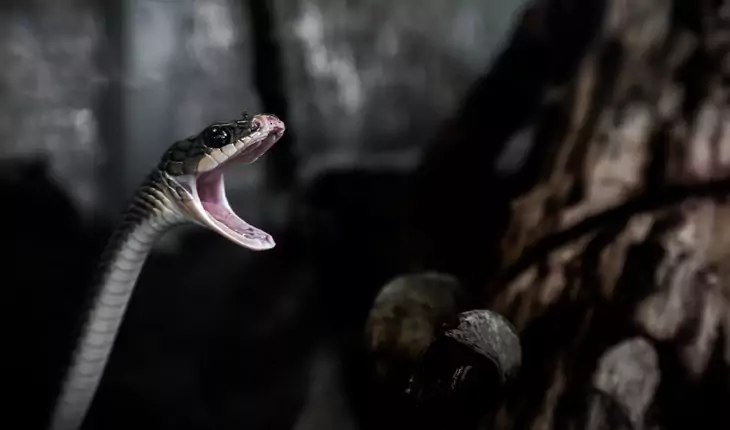
Sometimes, the symptoms of a venomous bite will not manifest at first, it may take up to eight hours for symptoms to appear. If there are no symptoms for eight hours, post bite, the bite was likely dry. If such is the case, closely monitor the bitten area, checking for any swelling or discoloration. If the swelling does not increase or become very red, then you’re safe to go about your day. The site will more than likely bruise over time, as bruising occurs whenever there is a blood vessel breakage (from fresh cuts or localized impacts).
In any case, the number one thing to do after being bitten by a venomous snake is to seek immediate medical attention. Dry bite or no, it’s not worth the risk to wait and find out if you were infected with snake venom. For more information on what to do if a rattlesnake bites, see our detailed piece on the topic.
The Take Home Message
Always take preventative measures first. Never hike alone, wear protective footwear, and keep your wits about you. If you can prevent a snake bite by being cautious and follow practical common sense, then do so at all costs. If the unfortunate happens, your main priority is to get help from medical professionals. However, we understand that isn’t always as easy as it sounds. Staying calm and getting to a safe place, are the best snake bite first aid measures you can perform.
For more tips and guidelines on how to have an injury-free camping adventure, see our article on safety.
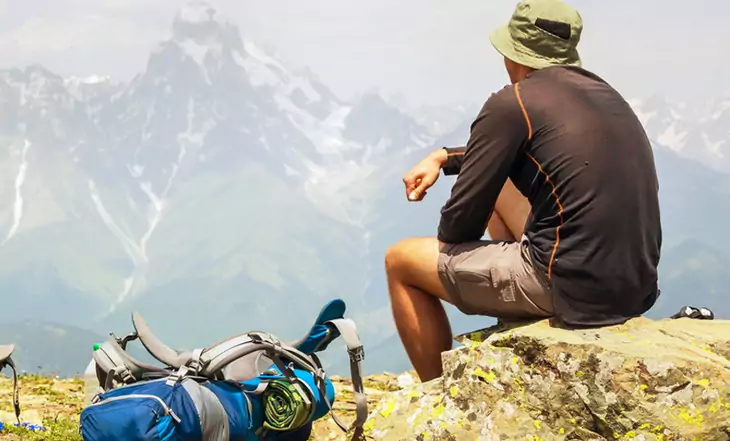
We hope that you found our article to be informative and that you will share it on social media so that more people will get familiar with this topic and know what to do in case of a snake bite. If you have some questions, feel free to leave them in the comments section below and we will try to give you an answer as soon as possible. Thanks for reading!

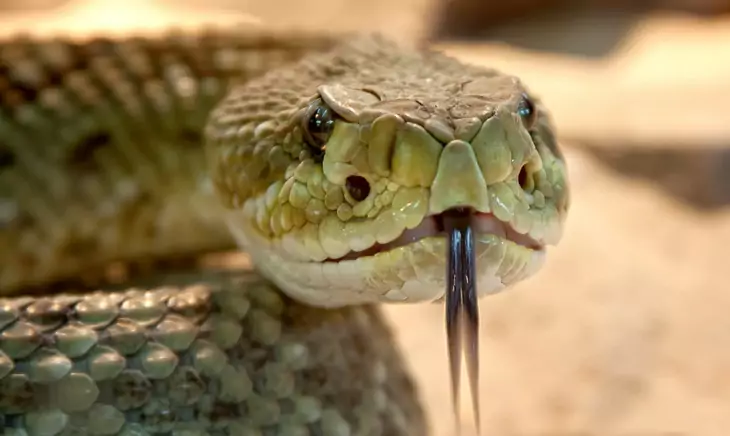
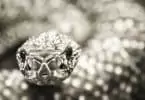




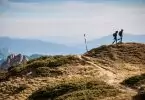
I will insist on the don’ts: don’t try to capture the snake, drink caffeine or alcohol, cut the wound, or apply ice. Make sure you get the tips right, you never know when you might become the victim of a snake bite.
According to studies, cutting, sucking, or applying ice/tourniquet doesn’t help. So, the most appropriate measure is to seek immediate medical assistance. However, the tips in this article are to help you when medical assistance cannot be obtained at all.